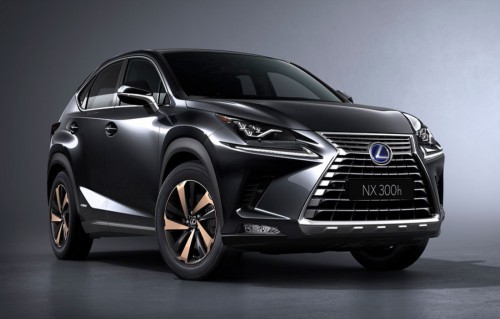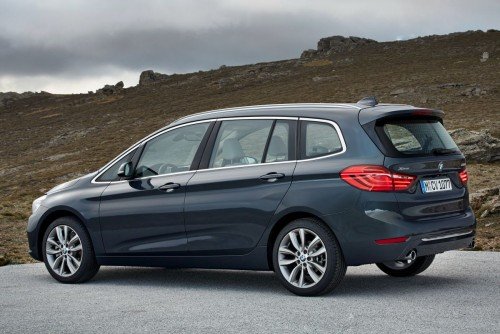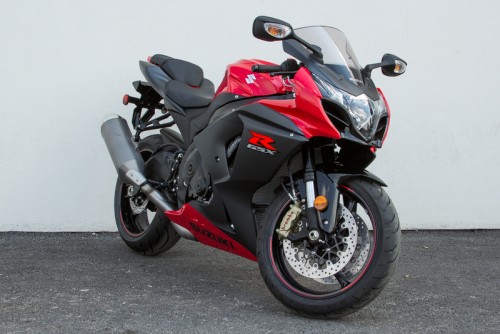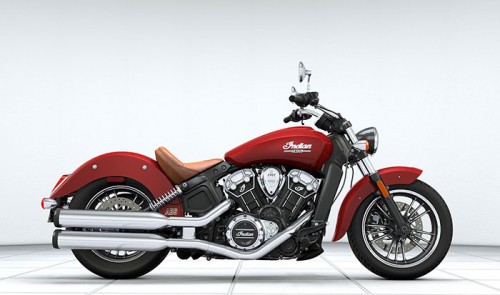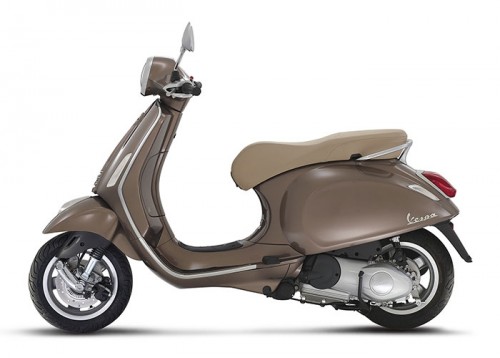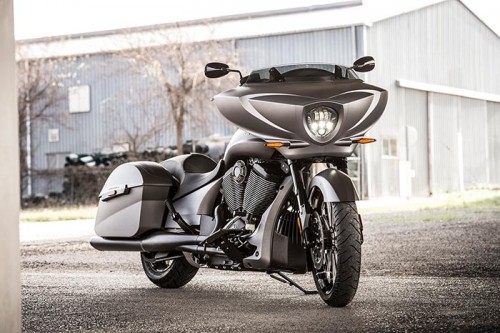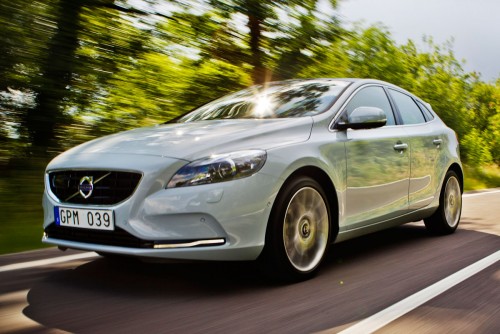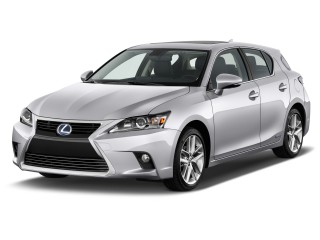About Dacia
History
The beginnings
The Dacia automobile company was founded in 1966 under the name Uzina de Autoturisme Pitești (UAP). The main Dacia factory was built in 1968, in Colibași (now called Mioveni), near Pitești. Dacia acquired the tooling and basic designs of the Renault 12. However, until the tooling was ready it was decided to produce the Renault 8 under licence; it was known as the Dacia 1100. From 1968 to 1972, some 44,000 were produced, with a very minor cosmetic change to the front in early 1970. Also produced in very limited numbers was the 1100S, with twin headlamps and a more powerful engine, used by the police and in motor racing.
The first Dacia 1300 left the assembly line ready for the 23 August parade in 1969, and was exhibited at the Paris and Bucharest shows of that year. Romanians were delighted with the modernity and reliability of the car, and waiting lists were always lengthy. As early as 1970, there were several variants: the standard 1300, the 1300L (for Lux) and the 1301 Lux Super, which had novelties such as a heated rear screen, a radio, windscreen mirrors on both sides and a more luxurious trim. This was reserved for the Communist Party nomenklatura.
Changes soon followed as export markets opened up. In 1973, the estate variant, 1300 Break, was produced. There were 1300F (estate with no rear seats, for carrying goods) and 1300S (ambulance) variants, and in 1975 the Dacia 1302 pick-up was developed. 2,000 units were made until 1982.
Dacia also produced the D6, a CKD version of the Renault Estafette van, in limited numbers, but given the competition of the Bucharest-made T.V. van, numbers were very limited. In the very early 1980s, the Renault 20 was also assembled as the Dacia 2000; because of the exclusivity of this model numbers were always very limited. The 2000 was only available in dark blue or black, and was reserved for the Party elite. Beginning in 1978, the Renault 18 was also assembled by Dacia.
At the Bucharest show in 1979, the restyled 1310 models were presented. These had quad lamps at the front, larger lamps at the rear, re-profiled bumpers, and a new interior. The changes were heavily inspired by Renault's own restyling of its 12 in 1975. After a brief series of "crossover" cars in 1979 (for example, there were no more rectangular headlights available for the 1300, so the last models used the quad lamps of the 1310), the 1310 finally hit the Romanian market in late 1979. In the UK, where it was known as the Dacia Denem, the top of the range model included such luxuries as a five-speed gearbox, alloy wheels and electric windows. The advertising slogan used for the car was "The Very Acceptable Dacia Denem", but this proved not to be the case with the British buyers, who increasingly opted for the more reliable Japanese, South Korean and Malaysian models. Sales were very limited, and the number surviving are not thought to exceed single digit figures, although the Romanian Embassy in South Kensington kept a fleet running until the mid-1990s. Sales of the pick-up version, known as the Shifter, continued until about 1990, and the Aro 10 was also sold as the Dacia Duster. The plug was pulled on the Denem, however, in late 1982.
At the same time the Sport model was produced. At the 1980 show, crowds admired the Braşovia, a prototype of a sports coupé based on the 1310 and developed at a service station in Braşov. The go-ahead was given for a prestige model, and so from 1981 the two-door Dacia 1310 Sport (1410 Sport from 1983), was available for the gilded youth of the period. These were very popular for rallies, and racing drivers such as Nicu Grigoraş tuned them to extract extraordinary power from the old Renault engine.
Acquisition by Renault
Meanwhile, work was continuing on the other Dacia models. In September 1999, Dacia was bought by the Renault group, with a view to making Romania its hub of automobile development in both Central and Eastern Europe, and investment was consequently increased. The first sign of this came in 2000, with the introduction of the SupeRNova, an improved version of the Nova with engine and transmission from Renault. The top-of-the range version had air conditioning, electric windows and a CD player. Sales were very good, although the outdatedness of the concept was striking. Dacia sold 53,000 vehicles in 2002 and it holds an almost 50 per cent market share in Romania.
In 2003, a restyled version replaced the SupeRNova with Dacia Solenza, featuring a new interior, the options for an airbag. This was, however, only meant to be a stopgap model filling the need for a saloon model before the introduction of the all-important Dacia Logan, as well as to familiarise workers with the demands of manufacturing a model acceptable to Western European markets. Production was stopped in 2005.
Facilities
The company's single plant is located in Mioveni, Romania, together with its headquarters, and has a production capacity of 350,000 vehicles per year.[28] It is divided into several sections, such as bodywork, painting, assembly, mechanical and chassis, foundry etc. It works in conjunction with the Renault Technologie Roumanie engineering centre, located in Bucharest and set up in 2006,which also comprises a styling office, Renault Design Central Europe, and with the testing center located in Titu, opened in 2010.
A large logistical centre was also set near the plant in March 2005, the International Logistic Network, from where complete knock down (CKD) kits are exported to other Renault production sites in Russia, Morocco, Colombia, Argentina, Brazil, South Africa, Iran and India.It is reportedly the biggest logistic centre of its kind not only in the Renault Group, but in the entire world automotive industry.In 2012, the total equivalent of the kits sent worldwide from the centre was 920,646 vehicles.
Furthermore, two of the Dacia models, the Lodgy and the Dokker vans, are manufacturerd exclusively at the Renault factory in Tangier, Morocco.
Sales
The Dacia brand is marketed in most of the Western and Eastern European countries, as well as in some Northern African countries,such as Algeria, Tunisia or Morocco, and in several Middle East countries. Its models have also been produced by Renault in its production sites on other continents (in Russia, Iran, India, South Africa, Colombia and Brazil) and sold under its own brand or other specific local brands (such as Mahindra, Lada or Nissan for example).
In 2012, Dacia has sold a total of 359,822 vehicles, of which approximately 230,000 were exported to Western Europe, the most of them in France and in Germany. Besides the domestic market, its other key markets have been Algeria, Turkey, Italy and Spain.
The historical sales figures of all the models are the following (under the Dacia brand only):
Current
- Dacia Logan (2004–present)
- Dacia Sandero (2008–present)
- Dacia Sandero Stepway (2009–present)
- Dacia Duster (2010–present)
- Dacia Lodgy (2012–present)
- Dacia Dokker (2012–present)
- Dacia Dokker Van (2012–present)
Former
- Dacia 1100 (1968–1972)
- Dacia 1210 (based on the 1310 version)
- Dacia 1300 (1969–1979)
- Dacia 1310 (1979–2004; Dacia Denem in the United Kingdom)
- Dacia 1301 (1970–1974)
- Dacia 1302 (1975–1982)
- Dacia 1304 Pick Up (1979–2006)
- Dacia Duster (1983–1990s; rebadged ARO 10 in the United Kingdom)
- Dacia 1305 Drop Side (1985–2006)
- Dacia 1307 Double Cab (1992–2006)
- Dacia 1307 King Cab (1992–1999)
- Dacia 1309 (1992–1997)
- Dacia 1310/1410 Sport (1981–1992)
- Dacia 1410 (based on the 1310 version)
- Dacia 2000
- Dacia D6 (1974–1976)
- Dacia 500 Lăstun (1985–1989)
- Dacia 1320 (1985–1989)
- Dacia Liberta (1990–1996)
- Dacia Nova (1994–1999)
- Dacia SupeRNova (2000–2002)
- Dacia Solenza (2003–2005)
- Dacia Logan MCV (2006–2012)
- Dacia Logan Van (2007–2012)
- Dacia Logan Pick-Up (2008–2012)




 Home
Home









